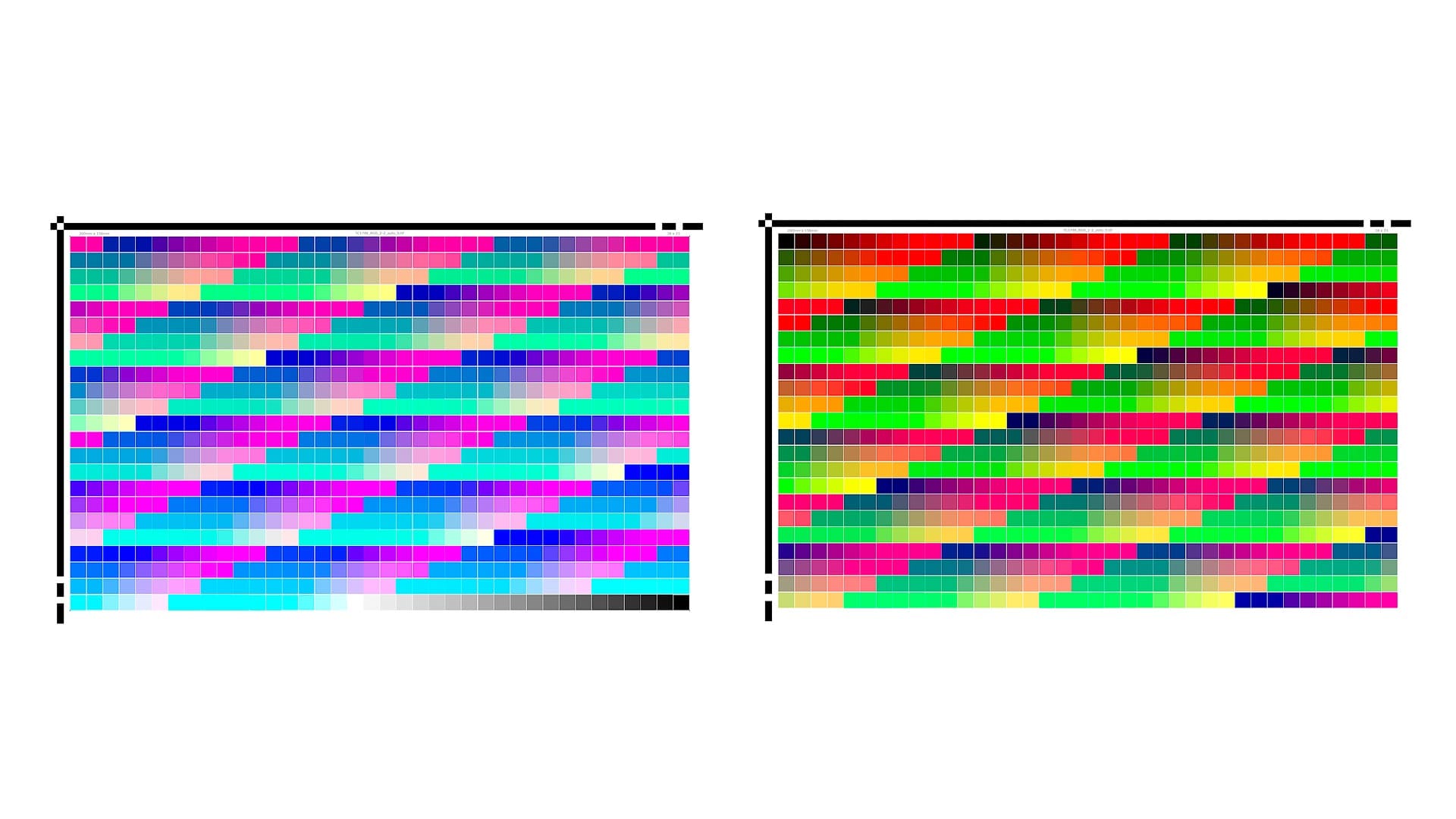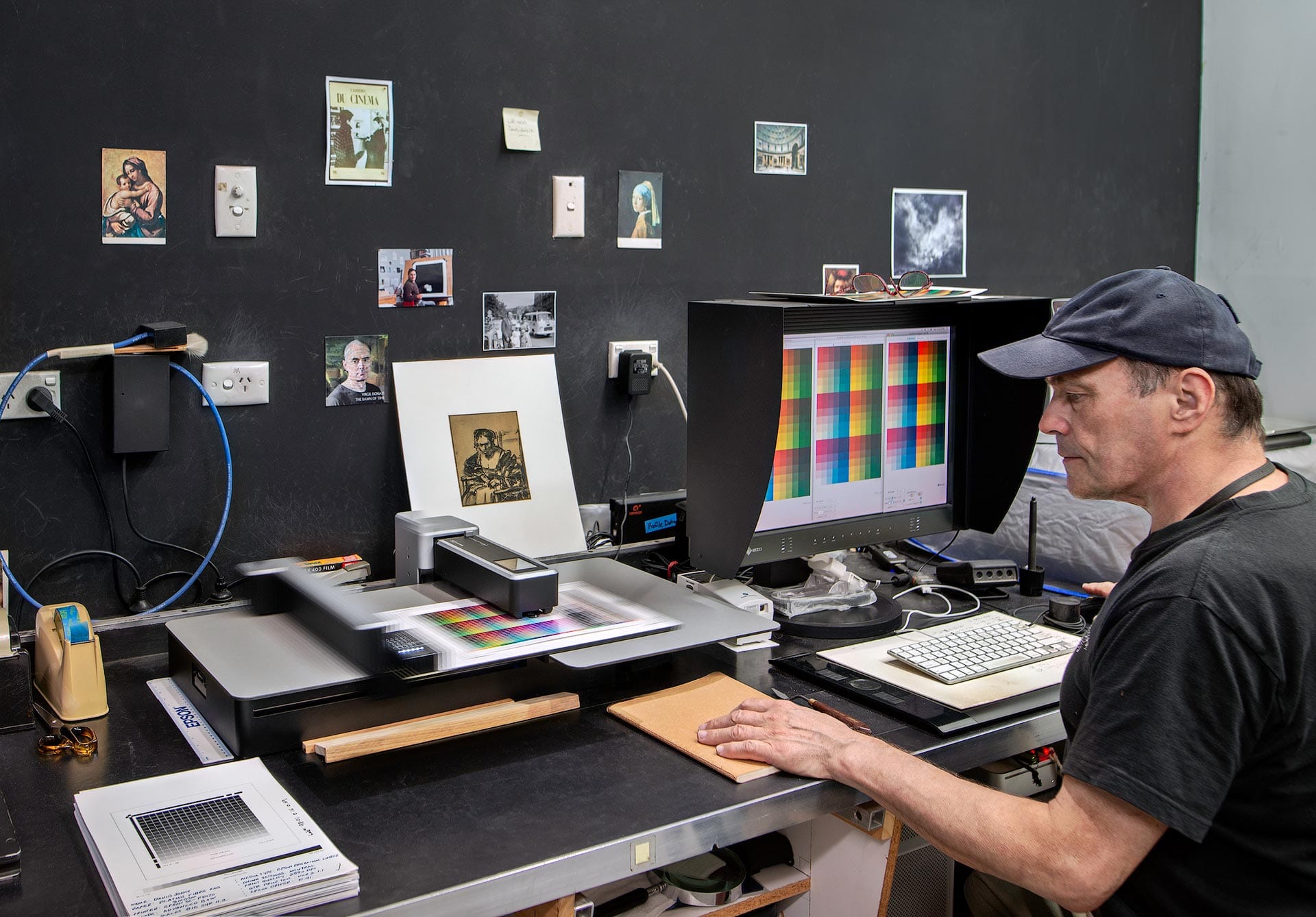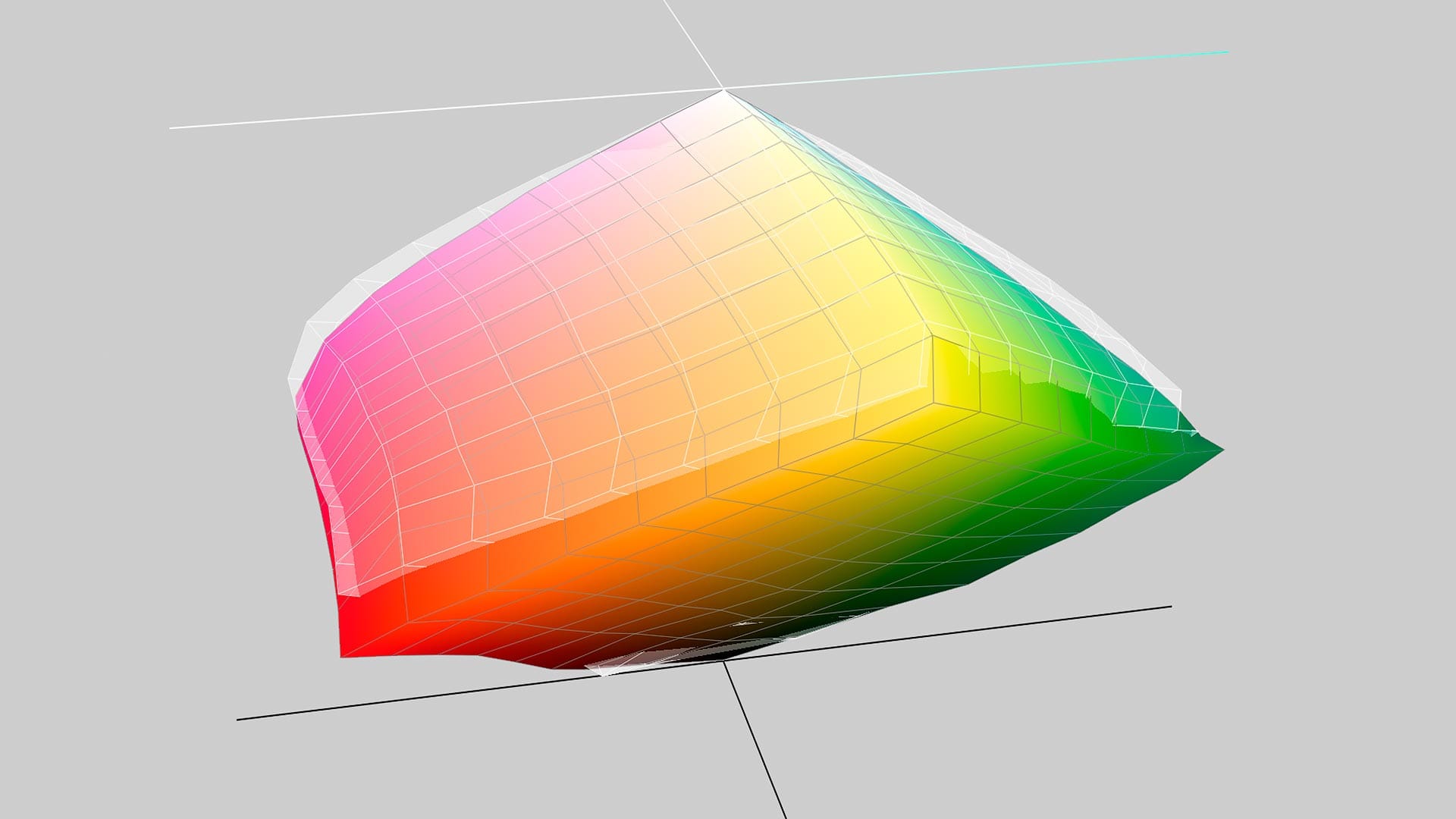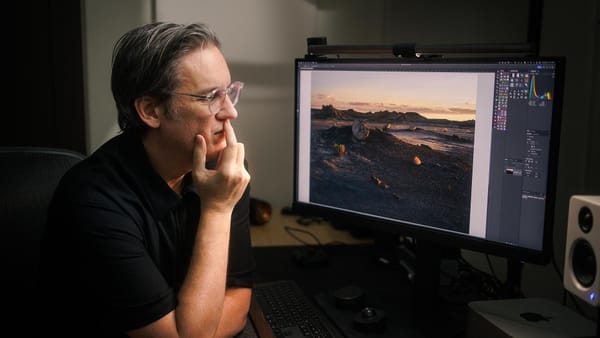Do custom ICC printer profiles make a difference?
Using customized ICC profiles for my Canon PRO-300 instead of paper manufacturer profiles, with surprising results

When buying photo paper from companies like Canson, Hahnemühle, Red River Paper, Fotospeed, and others, it’s good practice to download and use their provided ICC profiles for improved color accuracy and quality when printing and soft-proofing on-screen.
But there’s a catch with printers: like musical instruments, camera lenses, and cars, no two are exactly alike. Even two printers of the same make and model can lay down ink slightly differently. My PRO-300 might not behave exactly like yours—or like the one the paper company used to create their ICC profile.
The solution? Creating custom ICC profiles from scratch using specialized hardware and software to achieve the best possible results.
To test whether custom profiles would make a qualitative difference with my printer and prints, I contacted Les Walkling, an authority on inkjet printing and fine art reproductions. He agreed to create one, and emailed me a couple of test charts (image below), plus detailed instructions on how to print the charts on my paper of choice (Canson Baryta Photographique II) for optimum accuracy.

I printed each chart at 100% scale, trimmed to fit a Priority Mail envelope, and mailed them to Walkling’s studio in Australia. He scanned the charts using specialized hardware (image below), then emailed my custom ICC profiles back a few days later.

To compare his custom profile with Canson’s, I used macOS’s ColorSync Utility. In the visualization below, the semi-transparent white shape shows the color gamut of Canson's ICC profile, while the colorful shape represents Walkling’s.

Both profiles have similar overall shapes and volumes, but Walkling’s custom ICC profile pushes the gamut further—especially on the warmer side of the spectrum. In practical terms, this means his profile encompasses a broader, more vibrant range of hues, and does not arbitrarily limit/compress colors as much as the smaller color gamut defined by Canson's profile.
Another improvement is the black point (d-max): Walkling’s profile achieves a deeper, darker black on Baryta Photographique II compared to Canson’s generic profile, which results in richer contrast and increased depth. His profile also improves tonal separation in the darkest values to avoid clumping and muddy looking shadows.
Testing the custom profile
I tested his custom ICC profile by printing one of my recent landscape images on a 11x17" sheet of Baryta Photographique II. I purposely picked this image for its strong color density and dark tonal values. In the image below, Canson's generic ICC profile is on top, Walkling's custom ICC profile on bottom.

I expected to see some difference between the profiles, but was surprised by what I saw. The image printed using the custom ICC profile has richer, denser color. There’s more red in the blues, creating a stronger purple hue that matches the original on-screen image more closely. The black point (d-max) is darker and stronger, and the whole image has better definition compared to the thinner, cloudier look produced by Canson’s ICC profile.
There's a difference in the rendering of blacks and shadows as well. With the official ICC profile from Canson (left), the dark shadows just above black appear a bit blueish and weird. With the custom ICC profile, the dark shadows have noticeably less color cast and better depth (right).

To clarify, Walkling's custom ICC profile is not boosting color saturation and vibrance arbitrarily. Rather, it is doing a more effective job of translating the colors in the original image to the full range of colors my Canon PRO-300 and Baryta Photographique II are capable of producing.
I'd honestly be happy with either one of these as finished prints, but the custom ICC profile sings louder, stronger, and squeezes the best possible color out of my printer and paper. It more closely resembles the original image I see on screen, which means better, more accurate prints in the future when printing with the same printer and paper.
Results will always vary when creating custom profiles, but this experiment with my particular printer and choice of paper was eye opening, to say the least.
If interested in working with Les Walkling to create custom ICC profiles for your printer, you may reach out to inquire about his services here.
Also of interest, Fotospeed generously offers free custom ICC profile services when you buy their photo papers. Check out their support page for more information. I wish other paper companies provided the same service.
Video version of this article:



